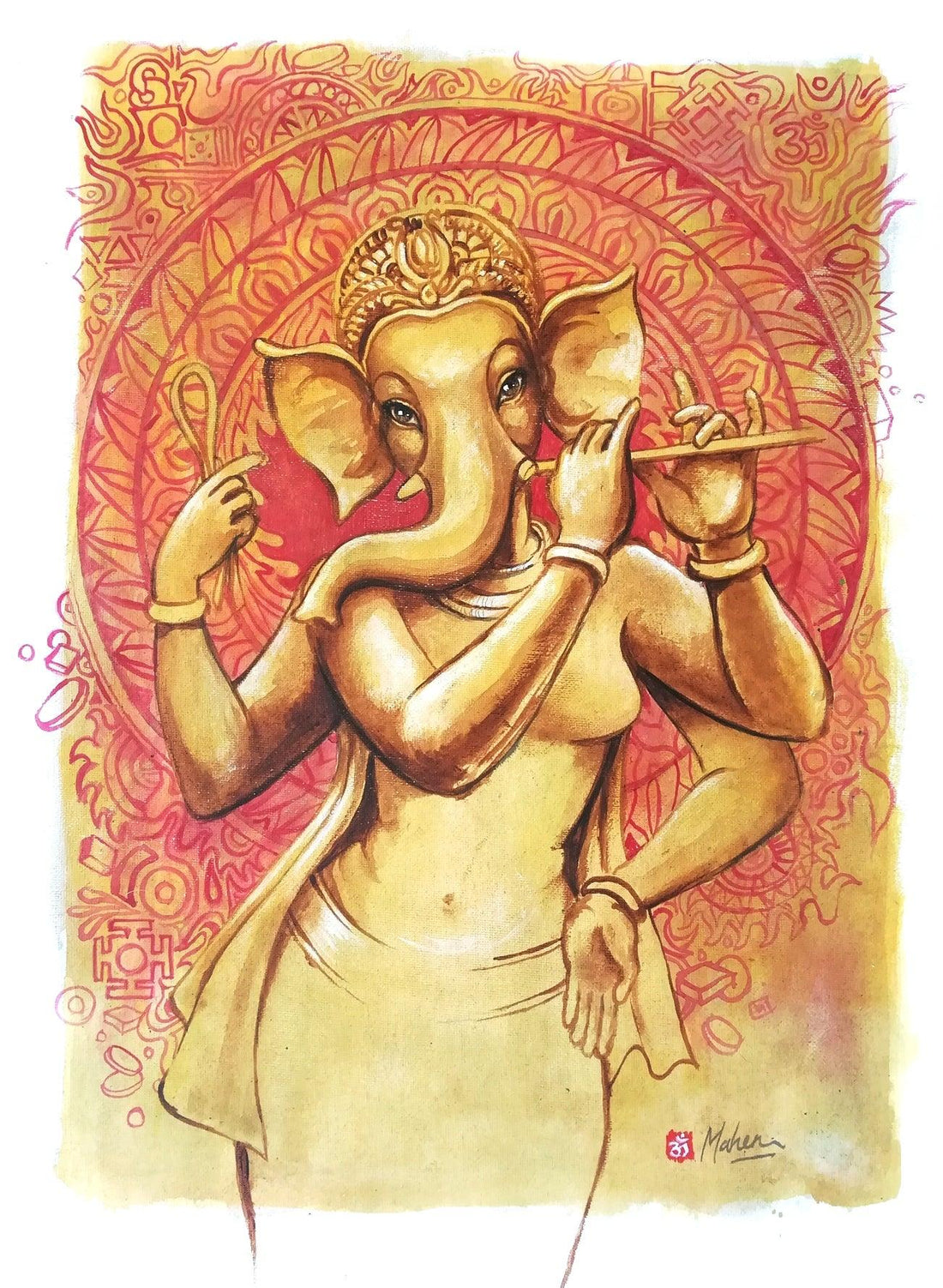
Vinayaki, the female form of Lord Ganesh
Share

Vinâyakî is a feminine form of Lord Ganesh; she has a elephant
head and the body of a female and she is commonly believed to represent the Shakti of Ganesh/Vinâyaka, or the creativeness of the god.
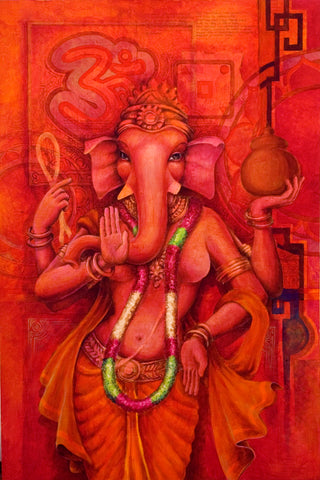
According to J.Herbert (1930), the Ganesh Shakti is diversely represented.
Sometimes, as a twin figure, Buddhi (mental power of unerstanding), and Siddhi (higher conciousness) or Riddhi (perfection); these goddesses are represented with normal human bodies, but in esoteric situations, the Shakti is named Vinayaki/Ganeshânî, and is represented with an elephant head and a female body, symbolising the duality of nature.
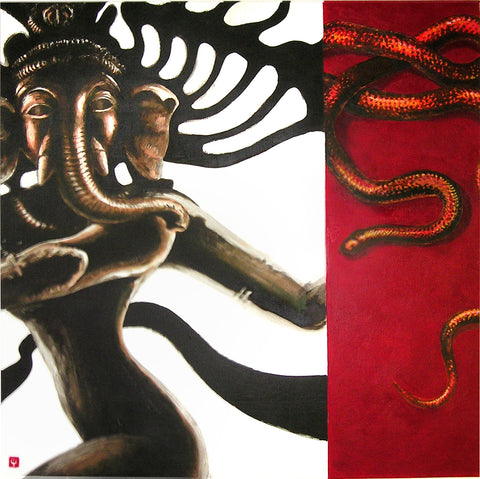
References to Vinayaki are commonly mentioned in the Puranas. The Matsya Purana mentions Vinayaki as one of the two hundred celestial mothers created by Lord Shiva to kill a the demon called Andhaka. The Linga Purana mentions Vinayaki as a demonness deity with an elephant head. (often considered as the very first Vinayaki), which was found amidst the restored sculptures of the Causath-Yogini temple in Jabalpur.
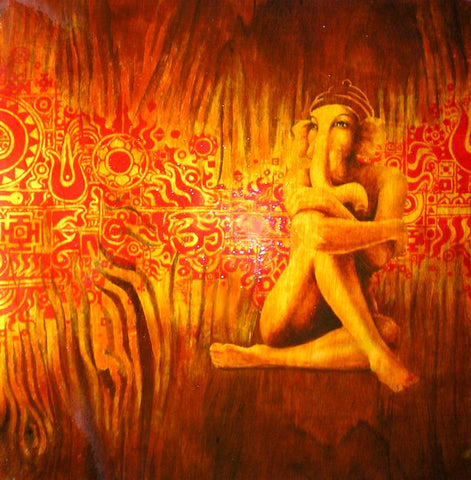
The Vinâyakî iconography is always very similar to that of Ganesh, represented with two or four arms, standing or seated, as well as in a dancing murti, much like the iconography of Lord Ganesh. However, the female form can sometimes be holding a vînâ, and her hands can show the abhaya or the varada mudra .
The earliest evidence of a female Ganesh or Vinayaki is a weathered terracotta plaque from Rairh in Rajhasthan, which dates back to the first century. These feminine Ganesh forms have been discovered in 64 Yoginî enclosures or temples, and eighteen such Yoginî temples have been indexed in India with one, supposedly, in Sri Lanka.
If you're interested in finding out more, read P.K. Agrawala's excellent book, "Goddess Vinayaki the female Ganesha".

where Vinâyakî is:
In Uttar Pradesh à Rikhian, Banda district : stone lintel (10 th, century,
Pratîhâra period)
In Udayapur, north of Vidisha; in this place, Vinâyakî and Vinâyaka (11
th century, Paramâra period) are represented together, which is a quite
unique feature
In Bheraghat, near Jabalpur, a 11 th century Vinâyakî is locally named
Shri Aingini
In Suhania, Morena region (10 th century, Pratîhara period)
In Orissa :
In Hirapur, near Bhubaneshwar (10 th century, East Ganga period)
In Ranipur Jhariyal (10 th century, East Ganga period)
In Maharashtra, Aundha Nâganâtha (Parbani district), 13 th century
In Tamil Nadu, where she has tiger feet (Vyâghrapâda Vinayakî) in
Chidambaram Madurai Suchindram
Specialized books give the description of other Vinâyakî images in the
following locations :
A 16 th century bronze, Shirali museum (Karnataka)
A 17 th century Maharashtra bronze, Lucknow museum
A 17 th century Kerala bronze, Staat Museum fur Völkerkunde de
Munich (Germany)
where Vinâyakî is
Goddess Vinayaki: The Female Ganesa
P.K. Agrawala (1978)
Links:
http://www.saisathyasai.com/india_hinduism_gods_goddesses/ganeshani-vainayaki-vigneshvari.html
http://www.himalayanacademy.com/resources/books/lg/lg_supplementary_studies.html
http://en.wordpress.com/tag/female-ganesha/
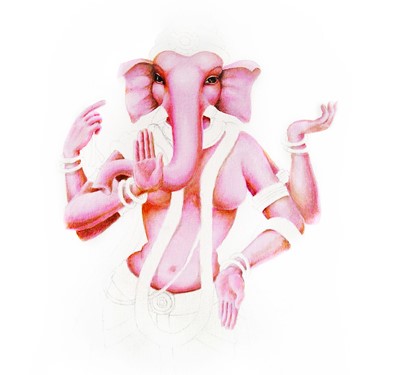
Subscribe to this blog by placing the following link into a RSS feed reader, such as Feeder, Feedly, Newsblur, etc.: https://www.ganeshism.com/blogs/news.atom
